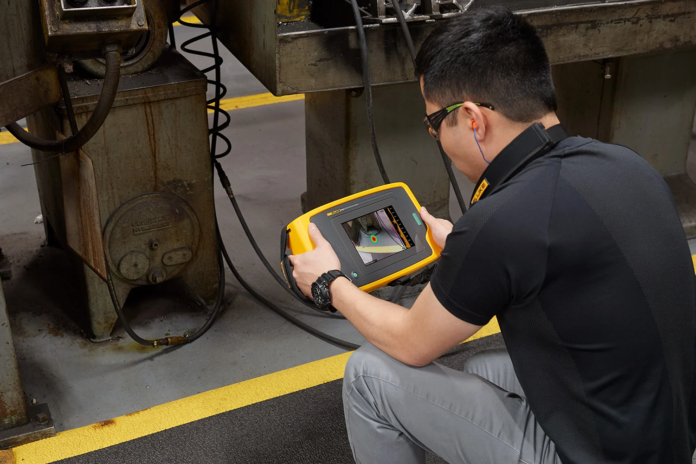Why Should Business Owners Have a Responsibility to Detect Air Leakages? | Air leaks lead to unwarranted pressure on the compressors; they are not just a direct source of wasted energy; they can also contribute to system drops, leading to mechanical equipment functioning less efficiently, thereby shortening their lifespan. Together with the usual problem of higher than required system pressures, leaks lead to what is called artificial demand – without the existence of a leak, these pressures would not exist.
Compressed air is not free. UK businesses can lose up to £100m a year due to air leakages. When comparing the percentage of power input to value delivered, a poorly-operated compressed air system can cost more than water, electricity, steam or even natural gas. Air leaks also can delay a plant’s operation by using more fuel than required to distribute compressed air. If this keeps happening for too long, these air leaks may lead to excessive production shutdowns.
How Costly are Air Leaks?
Air leaks cause equipment to cycle more frequently, thereby increasing the running time, which leads to additional maintenance requirements; all of these adversely affects production efficiency and increased expenses.
Did you know that according to the British Compressed Air Society, organisations can lose £600 a year due to just one 3mm hole?! That really is quite remarkable when you think about it that something as small as that could contribute towards such an expense.
With that in mind, it’s imperative that business owners check their manufacturing and industrial systems for any leaks regardless of the type of air compressor they have. Air compressors request regular and thorough maintenance checks and part of that would be to detect air leakages.
How to Detect Air Leaks
The easiest ways to detect leaks include;
- Listening for Leaks outside of working hours.
- Looking for Leaks by applying a mixture of soap and water to the vibrating region.
- Leak Detecting (with an Ultrasound Leak Detector).
How to Address Compressed Air Leaks
Compressors use a lot of energy. It takes about 7 to 8 horsepower (HP) of electrical power to produce 1 HP of compressed air power. With such high energy demands and effects, keeping your compressed air system running at peak performance is essential. Once you find a leak, quickly repairing it is the next step, the complexity of the leak determines how involved the repair will be.
If your leak is at a place like an air hose connection, coupling, seal, gasket or control or shut-off valves, you might be able to fix the leak by tightening the connection. Tightening parts is one of the most straightforward ways to address air compressor leaks. Of course, it’s not always this simple. Other times, leak repair is more complicated and costly, especially if you want to prevent problems in the future.
Here’s how you can fix an air compressor leak;
- Tightening Connections
Anything that can become loose is a place where air can leak. Tighten your connections and secure any flexible components.
- Repairing or replacing parts
Some components may be repairable. See if you can fix a part if the rest of the element is still in good condition. If a part is old, damaged or worn, it may be a better idea or a necessity to replace it.
For other parts;
- Hoses and tubes
Swap out the section with a leak for a new, well-fitted replacement.
- O-rings and valve seals
Replace any worn or damaged O-rings and valve seals, and ensure that they are all delivering outgoing air accordingly. Rubber parts can lose effectiveness as time, heat, and pressure take their toll.
- Fasteners
Internally, the motor of an air compressor can become destabilised if screws come loose. Keep an eye on these fasteners and tighten any shaky or unstable parts.
How to Reduce Future Compressed Air Leakage
- Ensure that fittings, disconnects, hoses, and tubing are all high quality.
- Make sure the thread sealant is appropriately applied.
- Isolate all non-operating equipment with a valve in the distribution system.
- Lower the air pressure of the system; this is effective because the flow rate decreases when the system pressure drops. The pressure differential across a leak will be lower, so less airs leak out of the line.
- Whenever leaks are repaired, take another look at the compressor control system and adjust it accordingly. This step will ensure that energy saving is optimised.
- Upgrading to quality parts can help reduce air leaks and other maintenance problems in the future.














